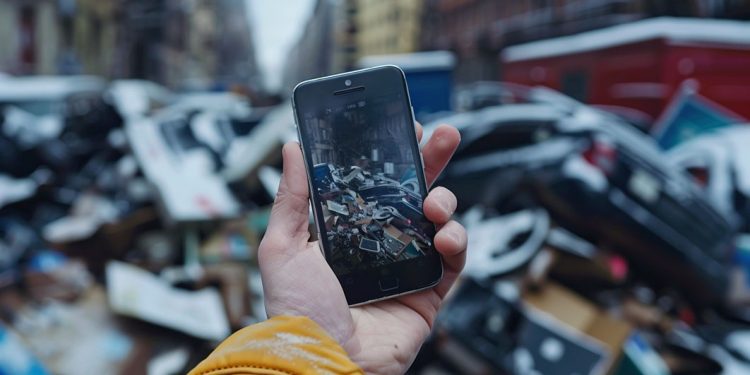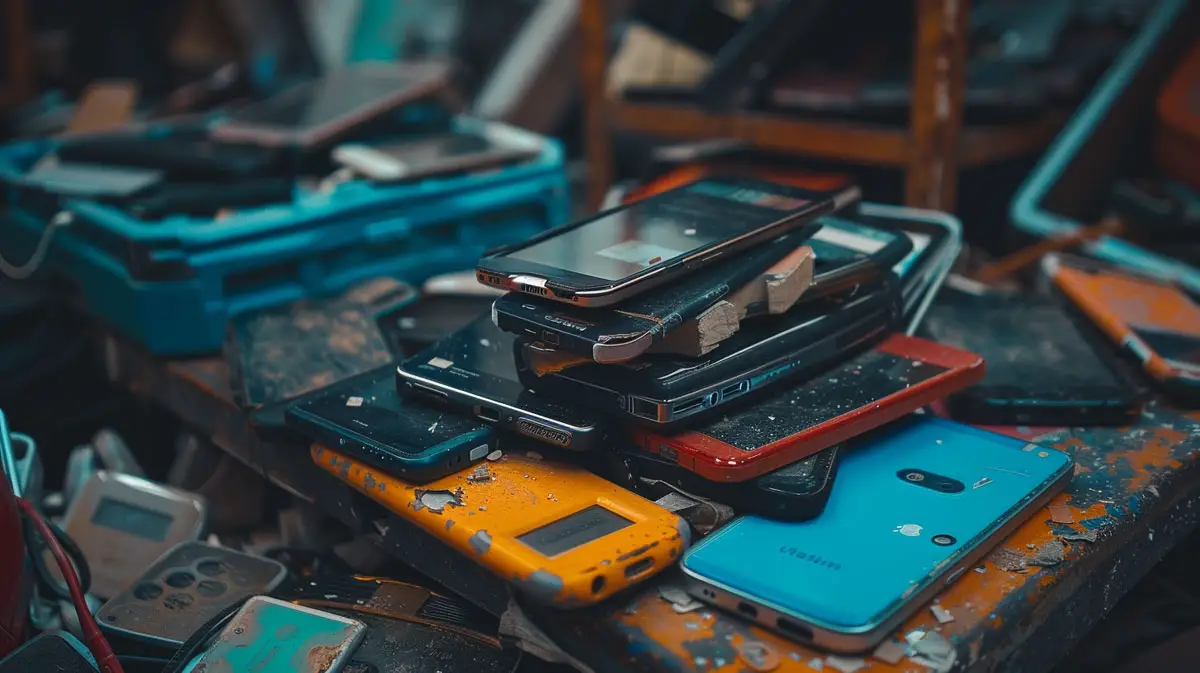Demystifying Mobile Phone Recycling: What Happens to Your Old Devices?

Mobile phones have become indispensable tools in our daily lives, enabling communication, productivity, and entertainment. However, as technology advances and new models are released, many of us are left wondering what to do with our old devices. In this comprehensive guide, we’ll demystify mobile phone recycling, exploring the processes involved and shedding light on the fate of your old devices.
Understanding the Importance of Mobile Phone Recycling
The Rise of E-Waste
With the rapid pace of technological innovation, electronic waste (e-waste) has become a significant environmental and social issue. According to the Global E-waste Statistics Partnership, over 53.6 million metric tons of e-waste were generated globally in 2019, with mobile phones contributing a significant portion to this growing waste stream.
Environmental Impact of E-Waste
Mobile phones contain various components and materials, including metals, plastics, glass, and electronic circuitry. Improper disposal of these devices can lead to the release of hazardous substances such as lead, mercury, cadmium, and brominated flame retardants into the environment, posing risks to human health and ecosystems.
The Mobile Phone Recycling Process
Collection
The first step in the mobile phone recycling process is collection. There are several avenues through which consumers can recycle their old devices, including trade-in programs offered by manufacturers and retailers, dedicated e-waste collection centers, and community recycling events. Some mobile network operators also provide recycling services for their customers.
Sorting and Inspection
Once collected, old mobile phones are sorted and inspected to determine their condition and potential for reuse or recycling. Devices that are still functional and in good condition may be refurbished and resold, while those that are damaged or obsolete are earmarked for recycling. Refurbishing these devices not only saves the environment by reducing e-waste but also saves consumers money, especially during promotions like Black Friday mobile phone deals.
Data Erasure
Before laptop recycling or refurbishing old mobile phones, it’s crucial to ensure that any personal data stored on the devices is securely erased. Recyclers employ data wiping techniques or physical destruction methods to remove all traces of data from the devices, protecting the privacy and security of their previous owners.
Dismantling and Component Recovery
After data erasure, old mobile phones are dismantled into their individual components, including batteries, screens, circuit boards, and casings. These components are then sorted and processed for recovery of valuable materials such as gold, silver, copper, and rare earth metals.
Material Recycling
Once separated, the recovered materials from old mobile phones are sent to specialized recycling facilities for further processing. Metals such as gold, silver, and copper are melted down and refined for reuse in the manufacturing of new electronic devices. Plastics and other non-metallic materials are shredded and recycled into new products or used as feedstock for other industries.
Benefits of Mobile Phone Recycling
Conservation of Resources
Mobile phone recycling helps conserve valuable natural resources by recovering and reusing materials from old devices. By recycling metals, plastics, and other materials, we can reduce the need for virgin materials extraction and alleviate pressure on finite resources.
Energy Savings
Recycling old mobile phones also saves energy compared to producing new devices from raw materials. The energy-intensive processes involved in mining, refining, and manufacturing electronic components contribute to carbon emissions and resource depletion. By recycling materials from old devices, we can reduce energy consumption and mitigate environmental impact.
Pollution Prevention
Proper disposal and recycling of old mobile phones help prevent pollution and protect human health and the environment. By keeping hazardous substances out of landfills and incinerators, we can minimize the release of toxic chemicals into the air, soil, and water, reducing the risks of pollution and contamination.
Promoting Sustainable Practices
Consumer Education
Educating consumers about the importance of mobile phone recycling and providing convenient options for disposal and recycling are essential steps in promoting sustainable practices. Manufacturers, retailers, and mobile network operators can raise awareness about recycling programs and incentivize consumers to participate through trade-in incentives or rewards.
Extended Producer Responsibility (EPR)
Implementing Extended Producer Responsibility (EPR) programs can also encourage manufacturers to take responsibility for the end-of-life management of their products. By assuming responsibility for collecting, recycling, and disposing of old devices, manufacturers can incentivize eco-design, product longevity, and recycling innovation.
Collaboration and Partnership
Collaboration between stakeholders, including government agencies, industry organizations, recyclers, and environmental advocates, is crucial for advancing mobile phone recycling initiatives. By working together, stakeholders can develop comprehensive solutions to the e-waste problem and promote a circular economy where resources are reused, recycled, and repurposed.
Conclusion
Mobile phone recycling plays a vital role in mitigating the environmental and social impacts of electronic waste. By responsibly disposing of old devices and recycling their components, we can conserve resources, save energy, and prevent pollution. However, achieving meaningful progress requires collective action from consumers, manufacturers, retailers, and policymakers. By promoting awareness, implementing sustainable practices, and fostering collaboration, we can create a more sustainable future for generations to come.










